NEWS
Compared with European cars and Japanese cars, after a long period of use, whose chassis is more aging?
In fact, after more than ten years of use, the chassis of European and Japanese cars will age to varying degrees. If the deformation of metal parts is not caused by external force, aging refers to the aging of rubber parts between metal parts; rubber products have an aging cycle. Whether they are tires or rubber parts on the chassis, they will age over time, such as hardening, deforming, crushing, leaking oil, etc. Even if they stop in place, aging cannot be avoided!

In fact, the connections of various metal parts of a car chassis are somewhat similar to human bones, such as a layer of cartilage at the joints of the lower legs and thighs. In fact, every joint in the human body has a layer of cartilage, like the bushings and ball pins (rubber parts) that connect metal parts in a car chassis.
This is to use the rubber parts for cushioning, which is the same meaning as human cartilage, and at the same time, to prevent hard collisions between metal parts, which can cause damage to the metal parts; for example, many professional athletes wear out the cartilage in the knee, Direct contact between bones can be very painful (often requiring implantation of artificial cartilage); therefore, chassis aging in the standard sense mainly refers to the aging of the rubber parts at the joints of the chassis metal structural parts!
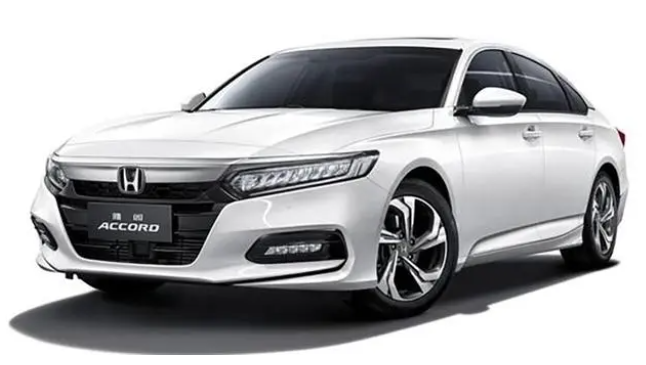
What are the chassis components? In fact, in a narrow sense, the components of the car chassis are not complicated. set, etc. Chassis parts are found throughout the body, and together with the engine and transmission, they are called the three main components of a car.
How do chassis parts age? In fact, the main aging modes of automotive chassis parts are nothing more than deformation and corrosion. For modern domestic vehicles, the rust prevention process is usually perfect. In general, the structural parts of the body are less likely to rust after ten years of driving, and the various brackets, bearings, support bridges, lower arms and other parts of the body are less likely to deform under normal conditions, and may be under severe road conditions. loose or deformed.
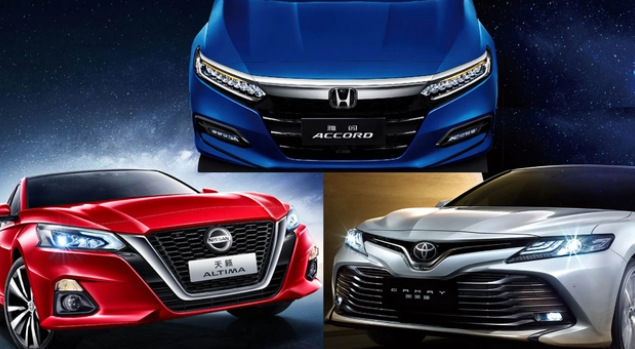
The chassis part most prone to aging is the shock absorber system. The shock absorber of a car is a consumable part. The reaction force generated by the wheels and the ground during the driving of the car needs to be buffered and eliminated by the shock absorber system. Shock absorbers are usually buffered by oil and air pressure and are therefore sealed with oil.
After repeated high-strength compression and release for a long time, leakage usually occurs, which will lead to a serious lack of support force and a serious lack of rebound force of the shock absorber, which will seriously affect the driving quality of the car. Generally speaking, the shock absorber of the car should be replaced every 100,000 kilometers. The chassis parts that are most prone to aging are various rubber products and various rubber sleeves.
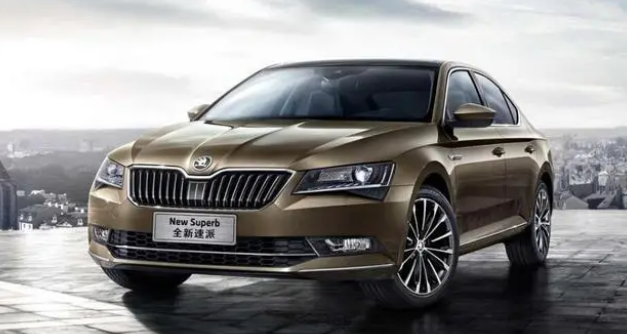
These rubber sleeves will crack and deform after long-term repeated extrusion and wear, and lose their cushioning effect. The aging of the rubber cover has a great influence on the driving quality of the car. Therefore, after the car has driven a certain mileage, it is usually necessary to replace various rubber covers.
The biggest difference between European car chassis and Japanese car chassis is that the joint parts of European car chassis will be very close in the production process, so when many people experience in 4S stores, they generally feel that the chassis of European cars is more complete than the chassis of Japanese cars.
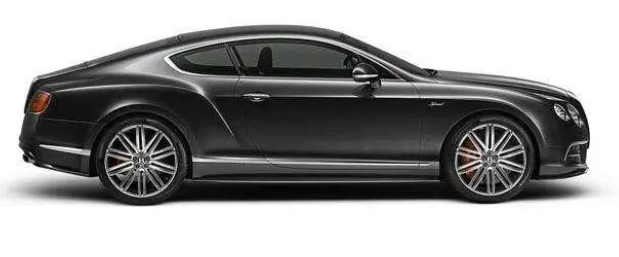
However, due to the tight engagement of the chassis of European cars, when the metal fatigue stage is reached, the chassis of European cars will fall faster than Japanese cars. So the impression of European cars is that, in the first ten years, it feels very clean, and ten years later, the chassis will become looser and looser.
The chassis of Japanese cars are not as complete as European cars when they are new, but ten years later the chassis loosens faster than European cars. If it hadn't been driven for 20 or 30 years, the overall feeling would not have been as pronounced as a European car.
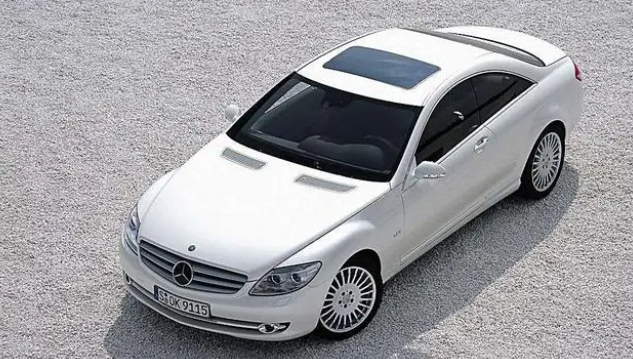
So in general, in ten years, European car chassis will age more than Japanese cars, which may be contrary to many people's inherent perception. Because in real life, very few people will drive for more than ten years. If they want a good price on the used car market, they have to sell it within six years, so many people don't know what a car will look like in ten years.
With European cars feeling more rigid than Japanese cars within a decade, many would take it for granted that European cars age at a slower rate than Japanese cars.
Of course, even ten years later, there is no need to worry about the impact of chassis ageing on vehicle safety. Manufacturers are well aware that they don't make jokes about the lives of car owners. Even if the age is too long and the aging is serious, its safety also meets the national requirements, otherwise the state will not eliminate the scrapping period of private cars.
Navigation
NEWS
Contact Us
Mobile: +86 138 2646 7297
Postcode: 511450
youtube: LESHI Autoparts
Facebook: Leshiautopartslimited
linkedin: Auto Parts Leshi
Email: sales@leshiautoparts.com
Address: Room 201, No. 26, Longxiang Road, Dalong Street, Panyu District, Guangzhou